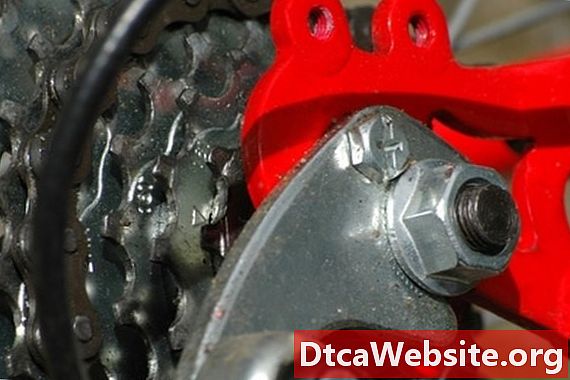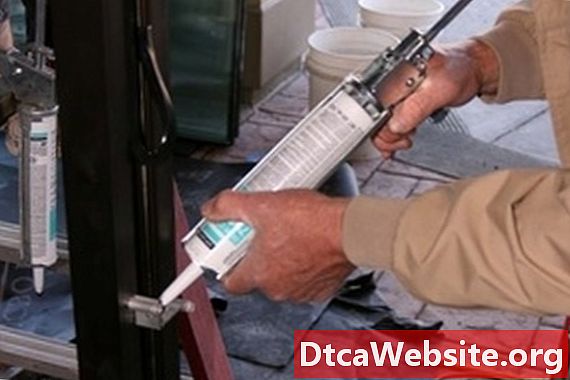
Contenu

The increase or decrease of torque when you change out the wheel sprockets in a bicycle or in a chain-driven motorcycle engine can be calculated with a bit of a basic math. Both types of vehicles use the same design: a front sprocket that translates the energy to a chain, and a rear sprocket that converts that energy to different gears. You can quickly determine on paper whether a desired sprocket change will improve the torque and the bikes performance or make it worse. Figuring this result mathematically beforehand can save wasted time and help prevent unnecessary mechanical work if the wrong sprocket sizes are used.
Step 1
Put on gloves to handle the motorcycle engine or bicycle sprockets; sprocket teeth can puncture skin. Pick up the drive sprocket -- the forward chain sprocket on a motorcycle and the big one attached to the pedals on a bicycle. Count the teeth on the forward sprocket. Do the same for the rear sprocket the chain pulls on the rear wheel of a bicycle or connected to the motorcycle gear axle. Write this data down, then divide the tooth count of the smaller, front sprocket into the tooth count of the larger, rear sprocket using a calculator (for example, a 17-tooth front sprocket with a 47-tooth rear sprocket will be 47/17, or 2.76 when rounded. Write down the result as the existing drive ratio).
Step 2
Perform the same tooth-counting process in Step 1 with the two new sprockets that you plan to swap out and use in the modified chain drive setup. Calculate the new drive ratio using the same formula. Write this ratio down on the notepad (for example, the new set of 19 front teeth and 50 rear teeth would be 50/19, or 2.63).
Subtract the new drive ratio from the old sprocket setup drive ratio (in our example 2.63 less 2.76 equals -0.13). Divide this mathematical difference (in our case a negative value) by the original drive ratio value (-0.13/2.76 equals -0.047). Multiply the decimal result by 100 to obtain the percentage change in torque between the two setups (for example, -0.047 by 100 equals -4.7 percent, which represents a loss of power from the original setup).
Tip
- Torque improvement is a result of changes in drive ratio. The change is the impact to engine torque as power. A positive change is an improvement, while a negative change results in a loss of torque.
Warning
- Make sure to count the sprocket teeth correctly or your calculations will come out incorrect. Anything less than a three percent change between drive ratios generally will not be noticed by the driver when operating the engine.
Items you will need
- 2 sets of sprockets for a chain drive
- Gloves
- Calculator
- Pen
- Notepad


